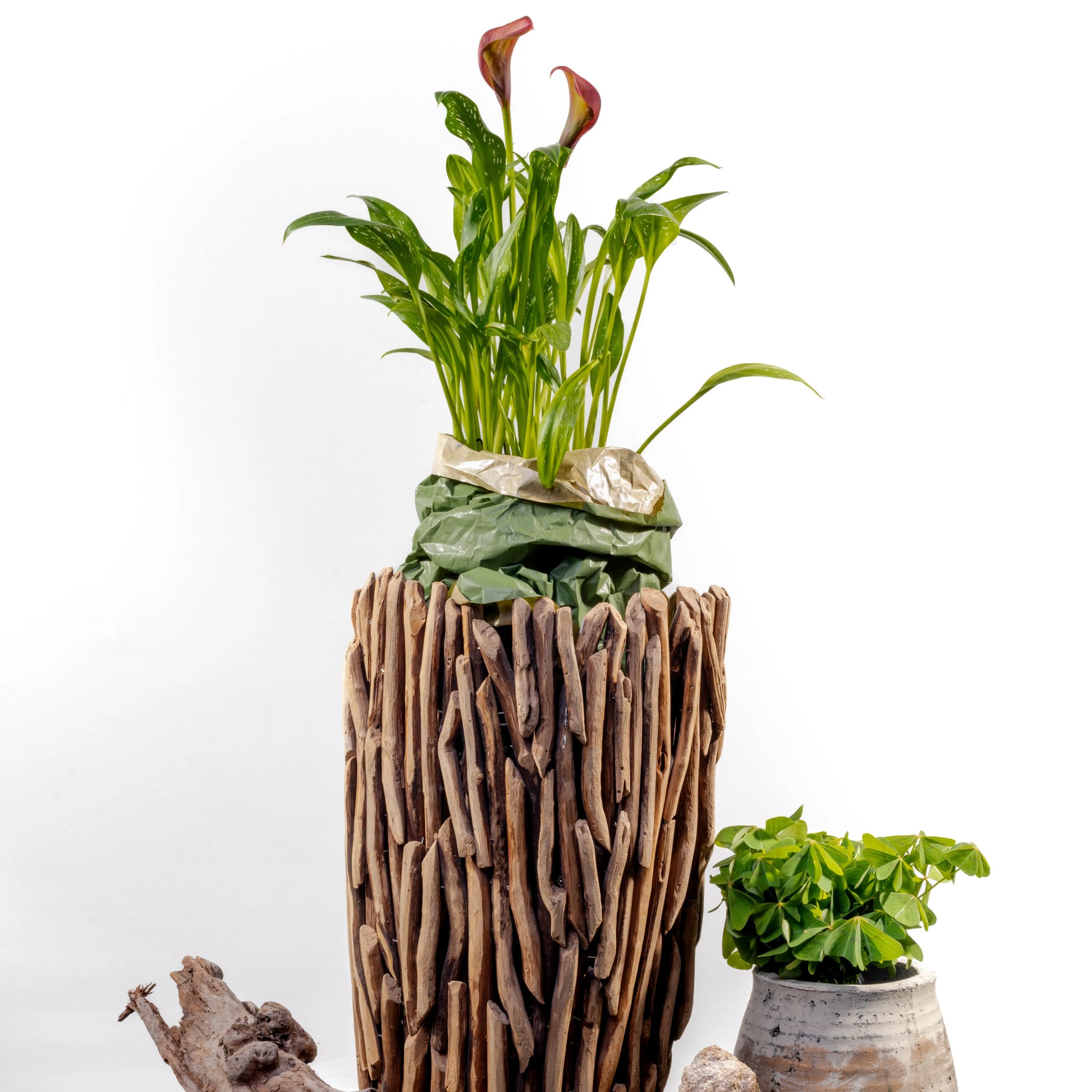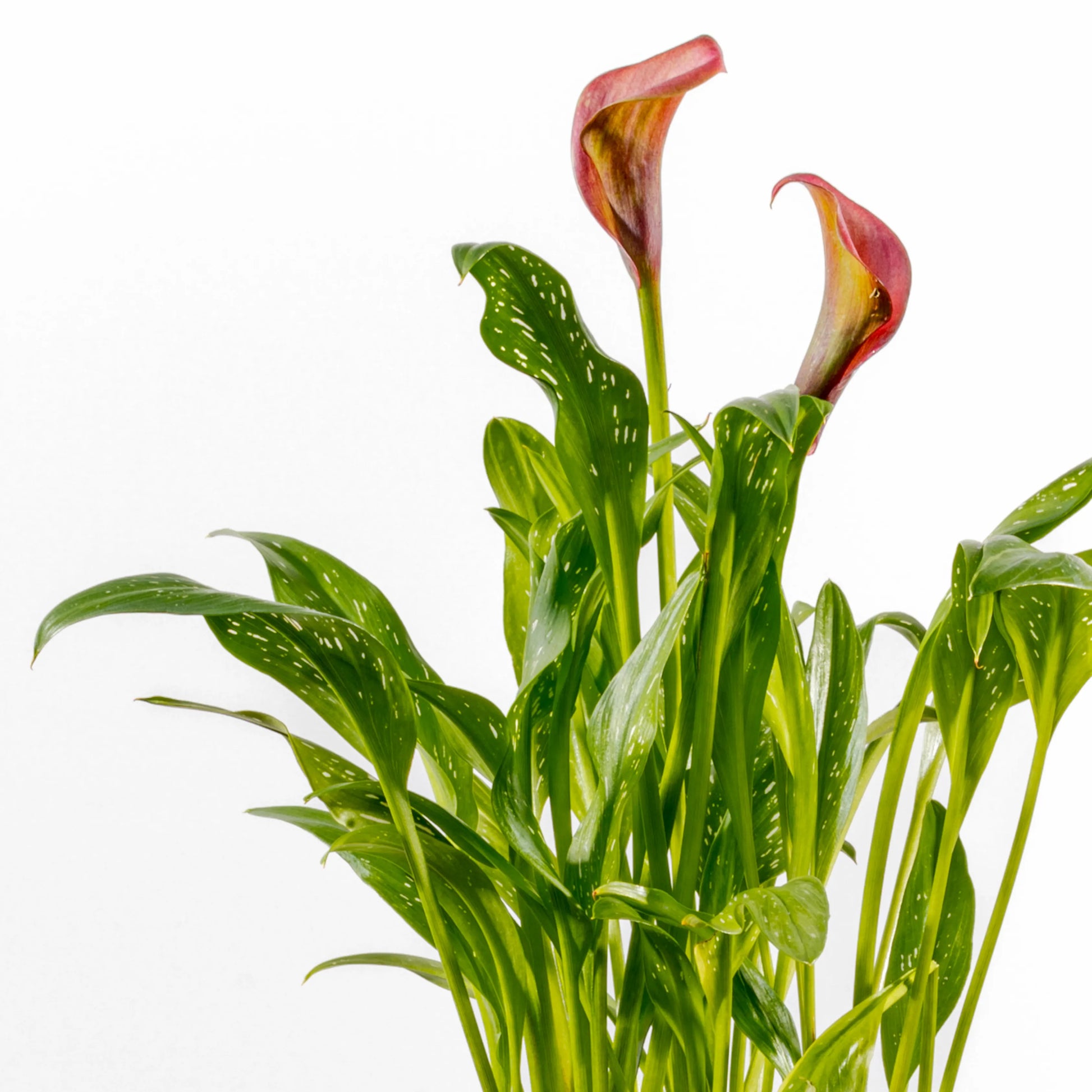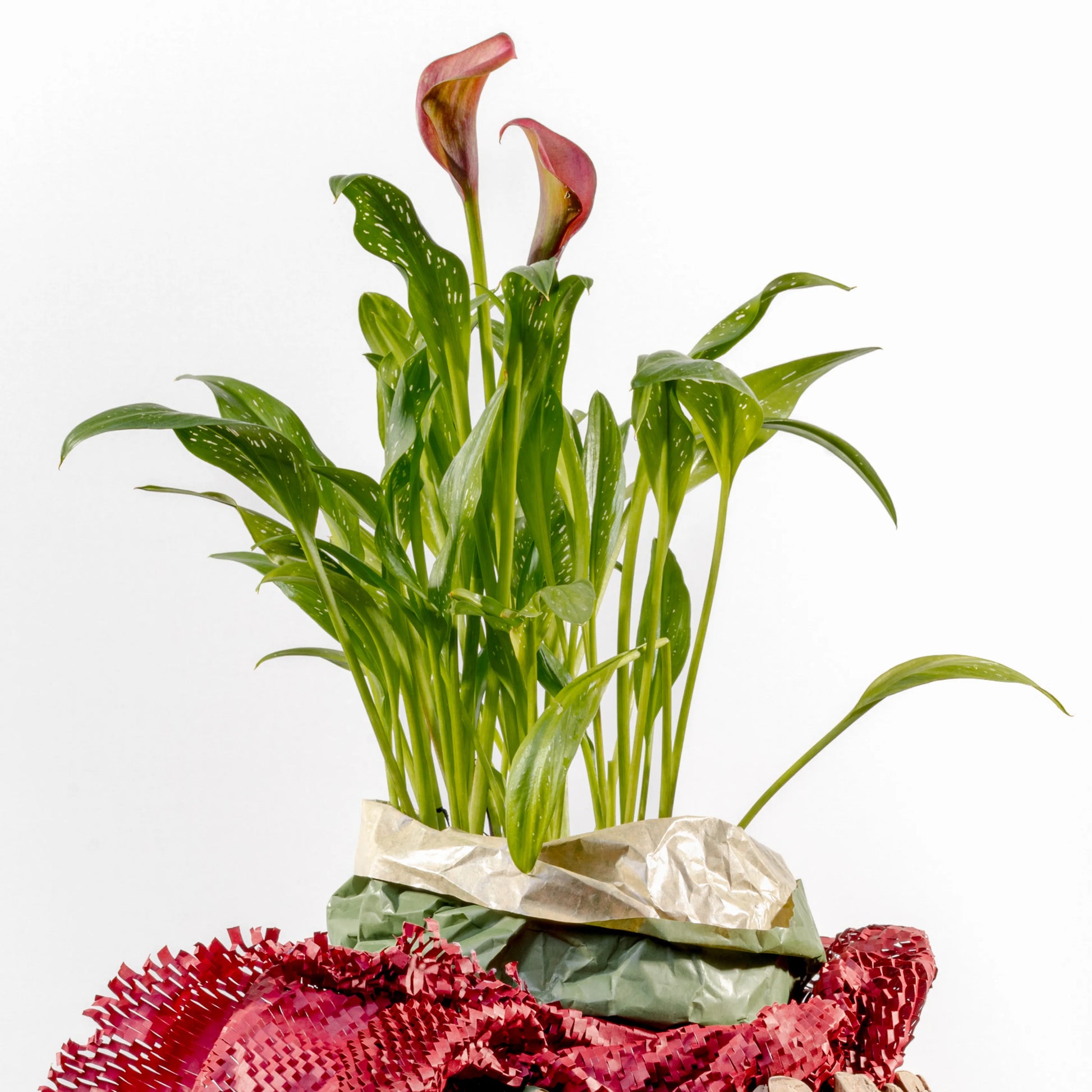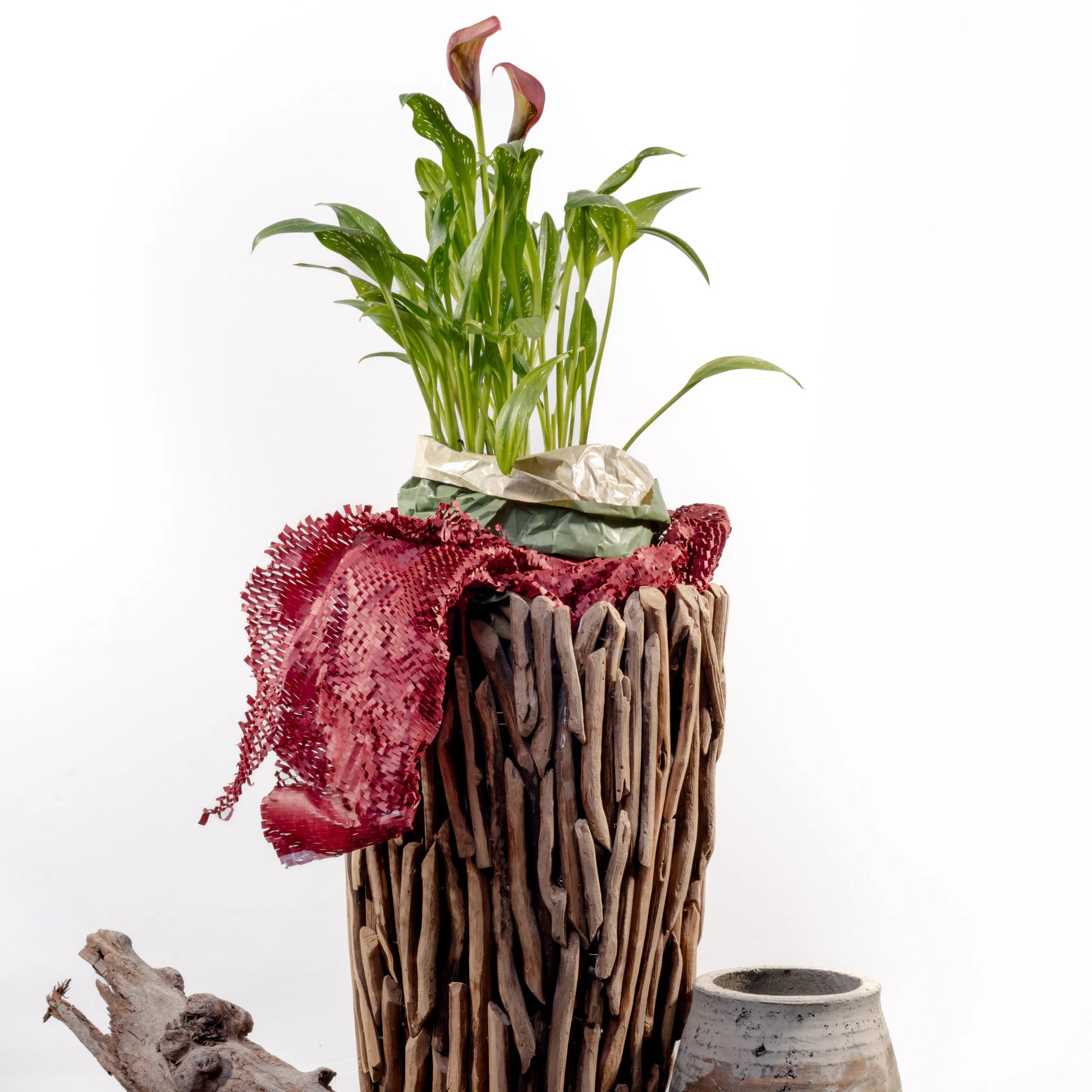Zantedeschia
Zantedeschia
Couldn't load pickup availability
Zantedeschia or calla lilies are bulbous ornamental plants that symbolize beauty, simplicity and purity, characterized by funnel-shaped inflorescences.
In fact, it is one of the most elegant flowers in existence. Even its name leaves no doubt that it signifies beauty, making it a symbol of pure and delicate beauty.
Difficulty Care
Difficulty Care
Average
Ideal Temperature
Ideal Temperature
The best growing temperature for zantedeschia is 15-25℃ and the ideal flowering temperature is 25℃. The ideal dormant temperature is 10-13℃, but absolutely not lower than 5℃. The plant cannot tolerate very cold or very hot climates. During cold winters and hot summers, the above-ground parts of the plant wilt and the underground rhizome begins to go dormant.
Watering
Watering
Native to regions with consistent moisture, zantedeschia thrives in an environment that mimics its natural environment, often marked by well-drained soils and regular irrigation. This species shows a preference for evenly moist conditions, reflecting the water availability of its native habitat. It requires weekly watering to maintain the ideal soil moisture level.
Light
Light
Zantedeschia pentlandii likes sunlight but not strong direct sunlight, which can easily affect the development of the inflorescence. Insufficient light often results in very long petioles. Before the spades bloom, insufficient light can also cause the flowers to fall off. Potted plants should be exposed to as much sunlight as possible in winter.
Soil
Soil
Zantedeschia likes loose, fertile, moist and well-drained soil. Clay is preferred. Soil that is too sticky and heavy causes the rhizomes to rot easily. The ideal soil pH is 6.0-6.5.
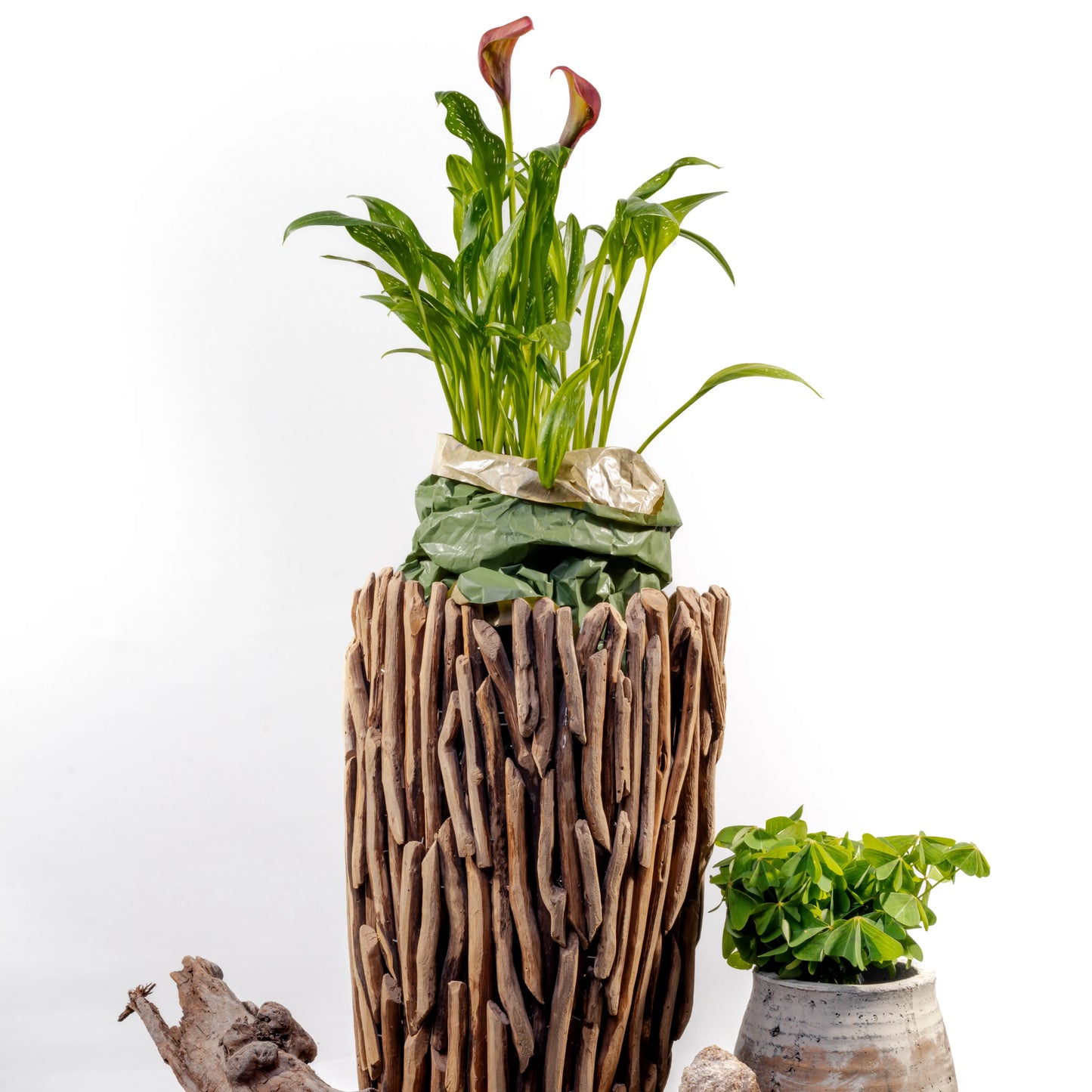
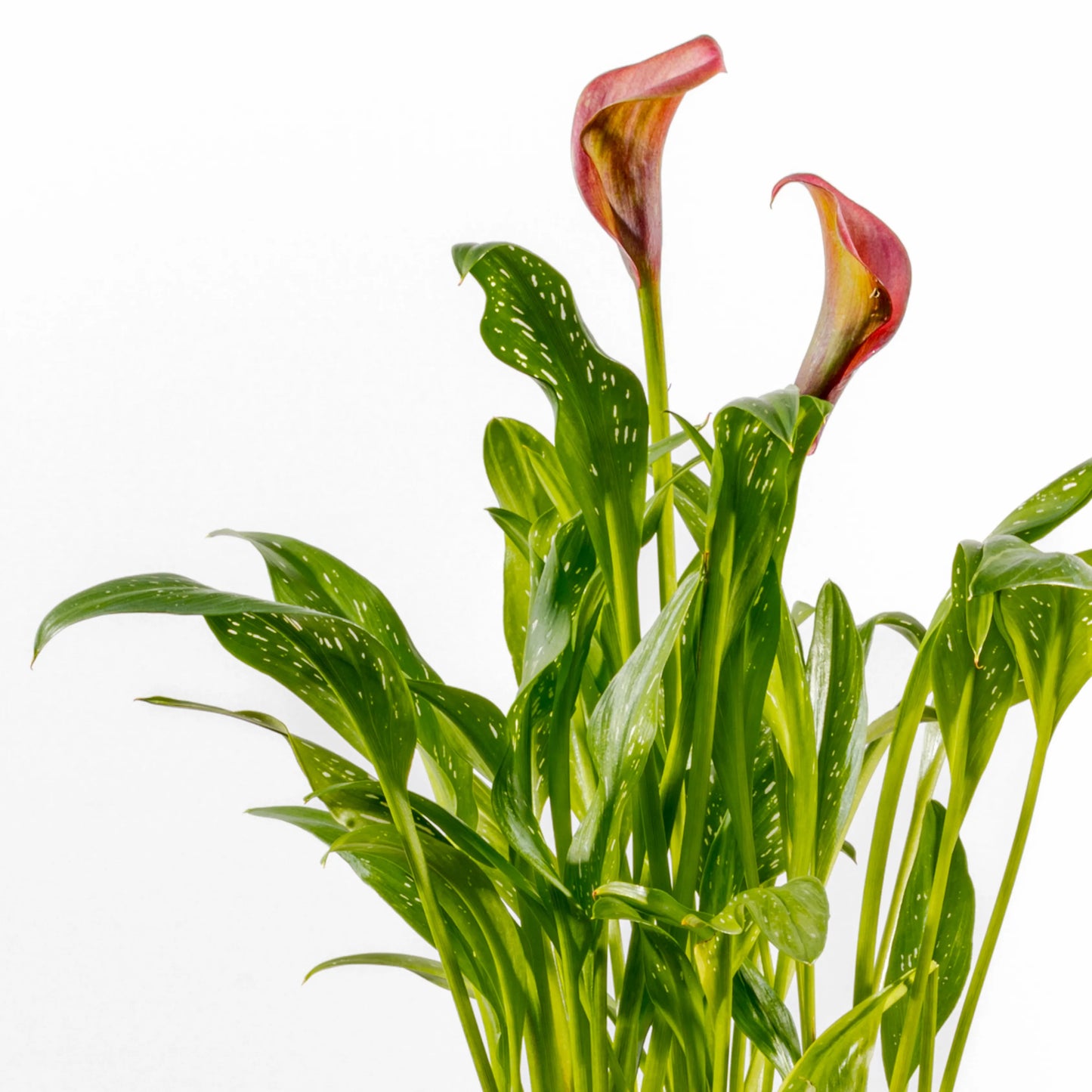
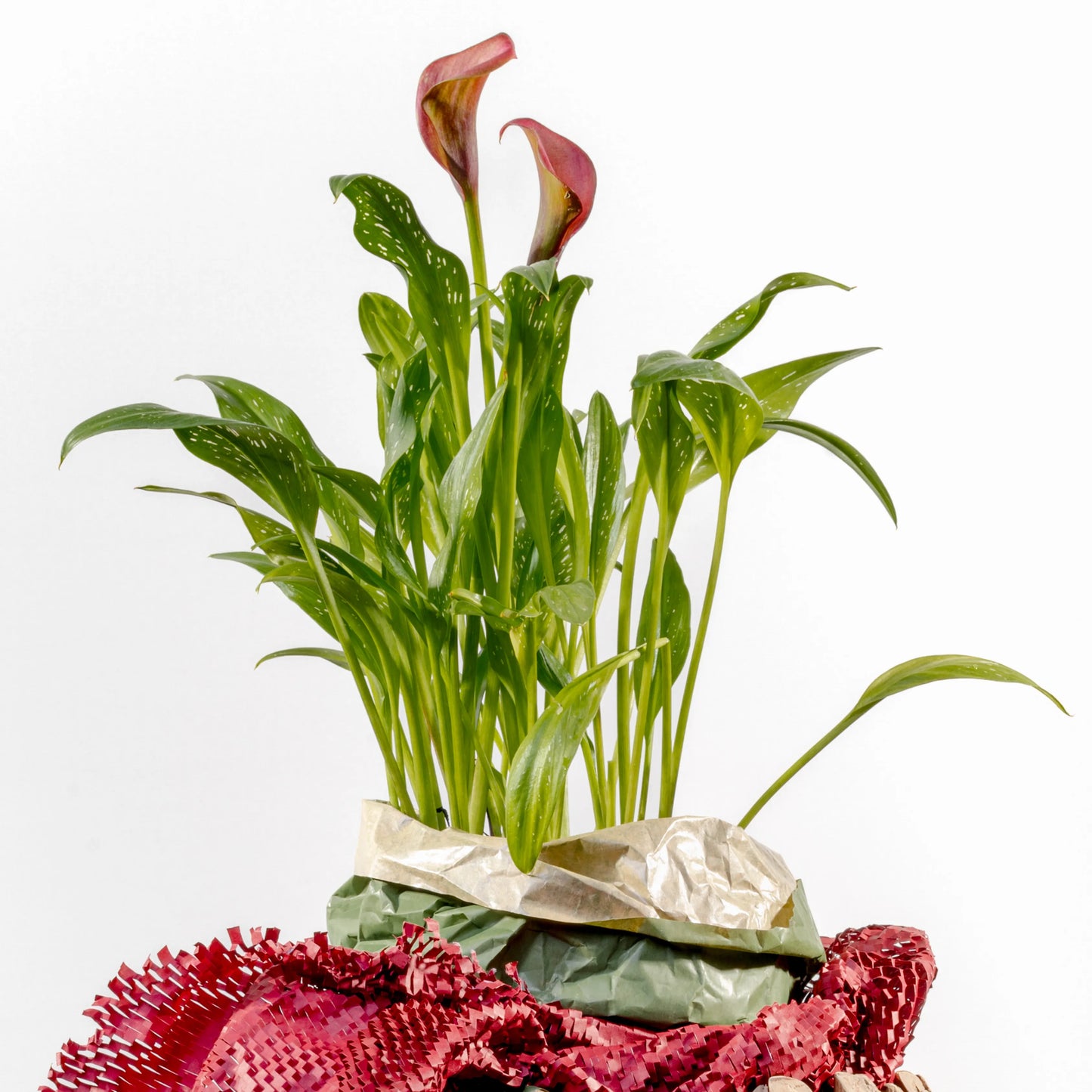
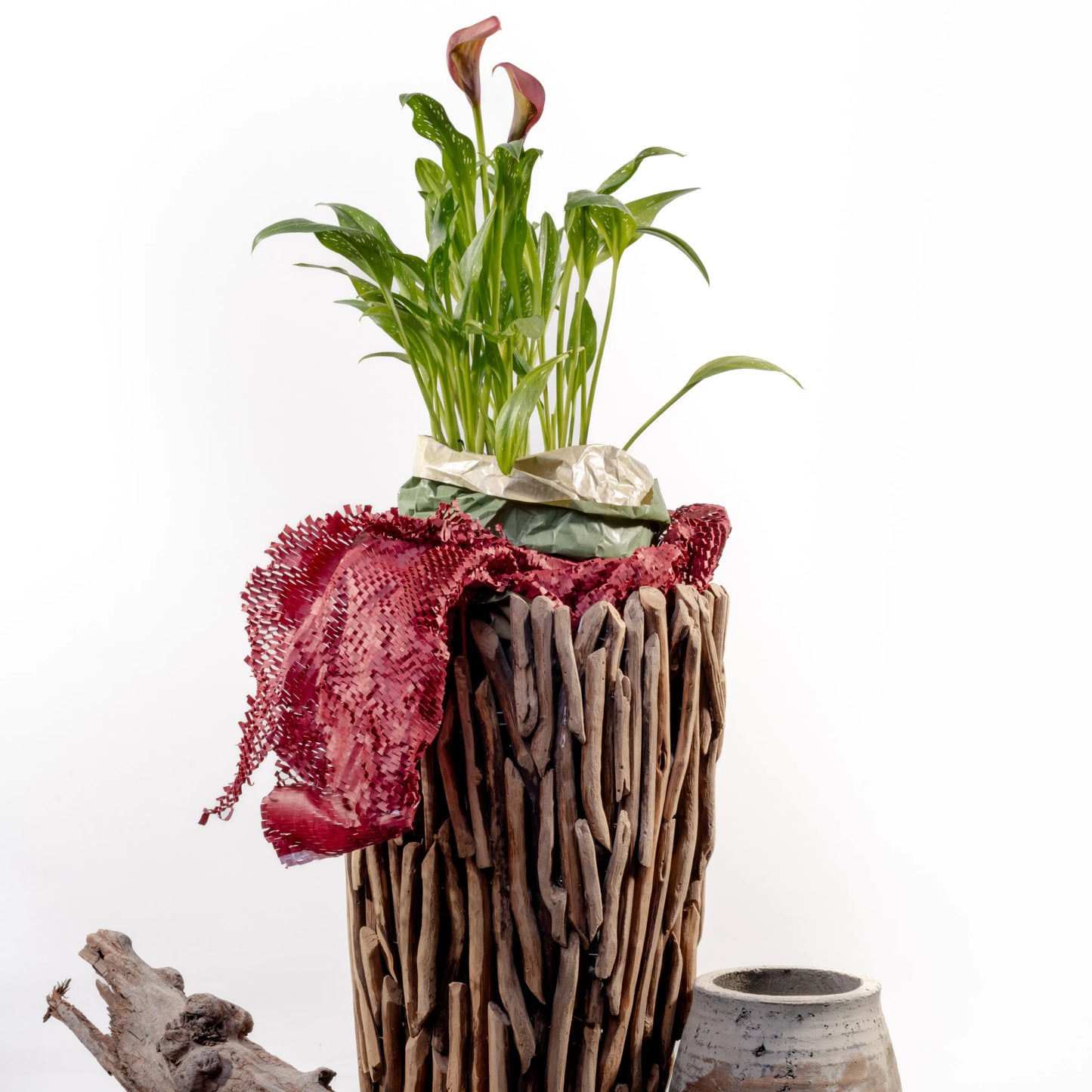
Other Information
Most plants with spadixes are pollinated by non-specialized insects, such as dipterans and coleoptera. These pollinators are often attracted by odors produced by the plants, which are usually unpleasant to humans. In the pitcher, the spathe forms part of an insect trap. The lower part forms a chamber around the columnar spadix, with a slippery, oily wall and covered with warts that point downwards.

